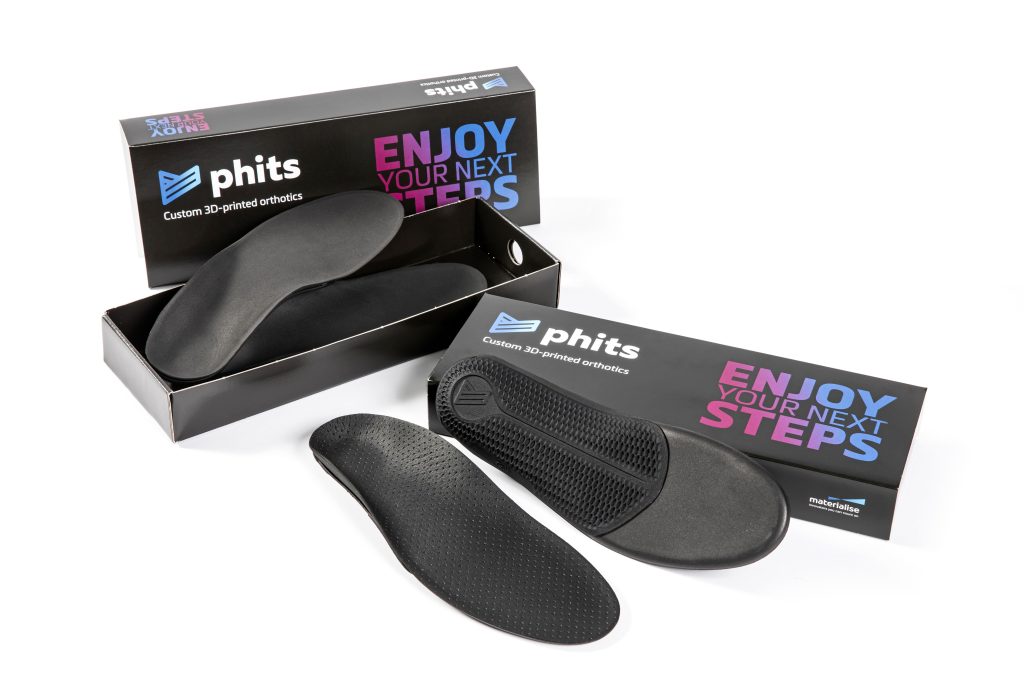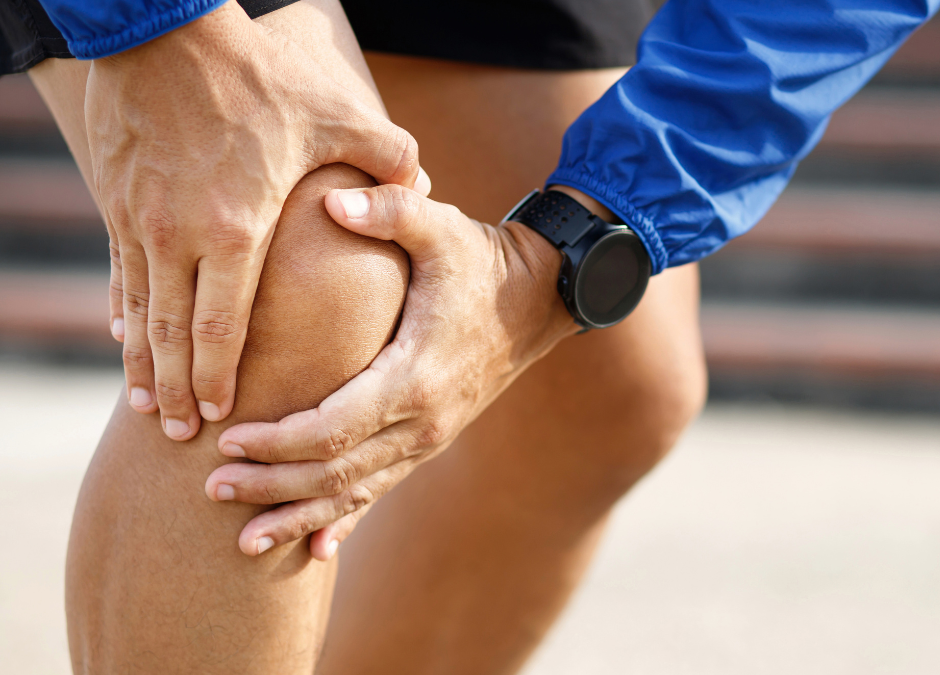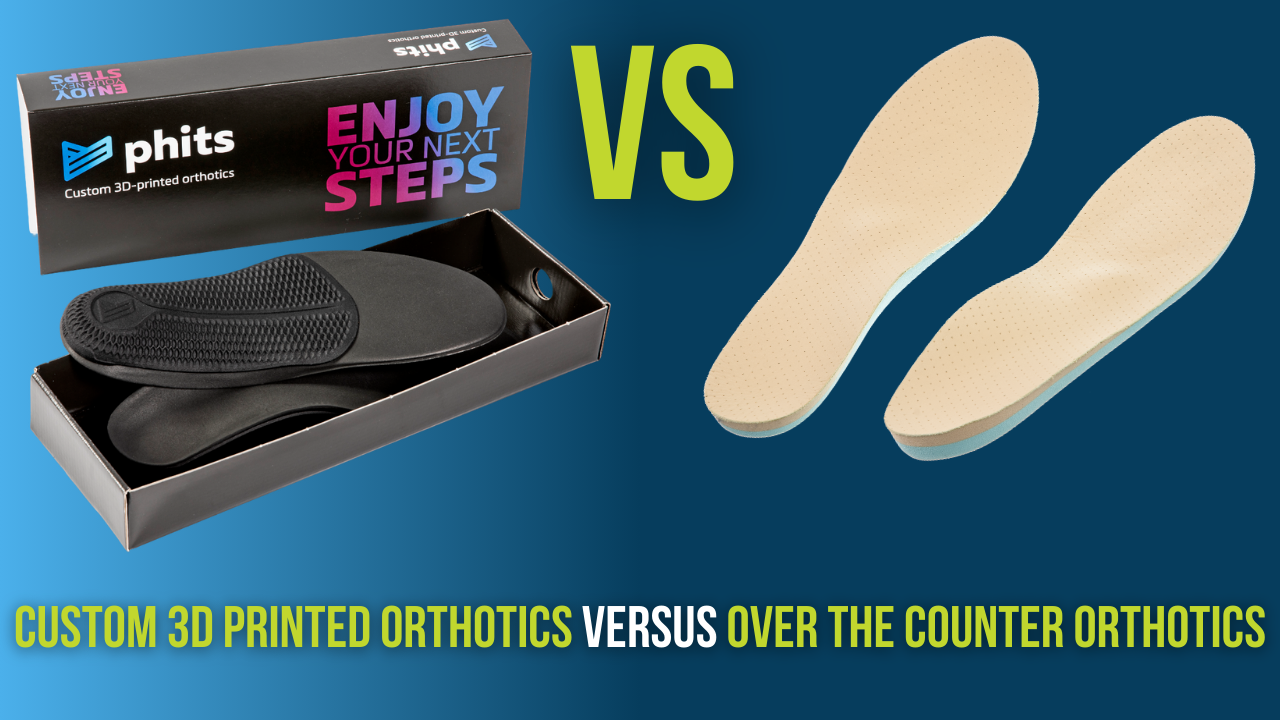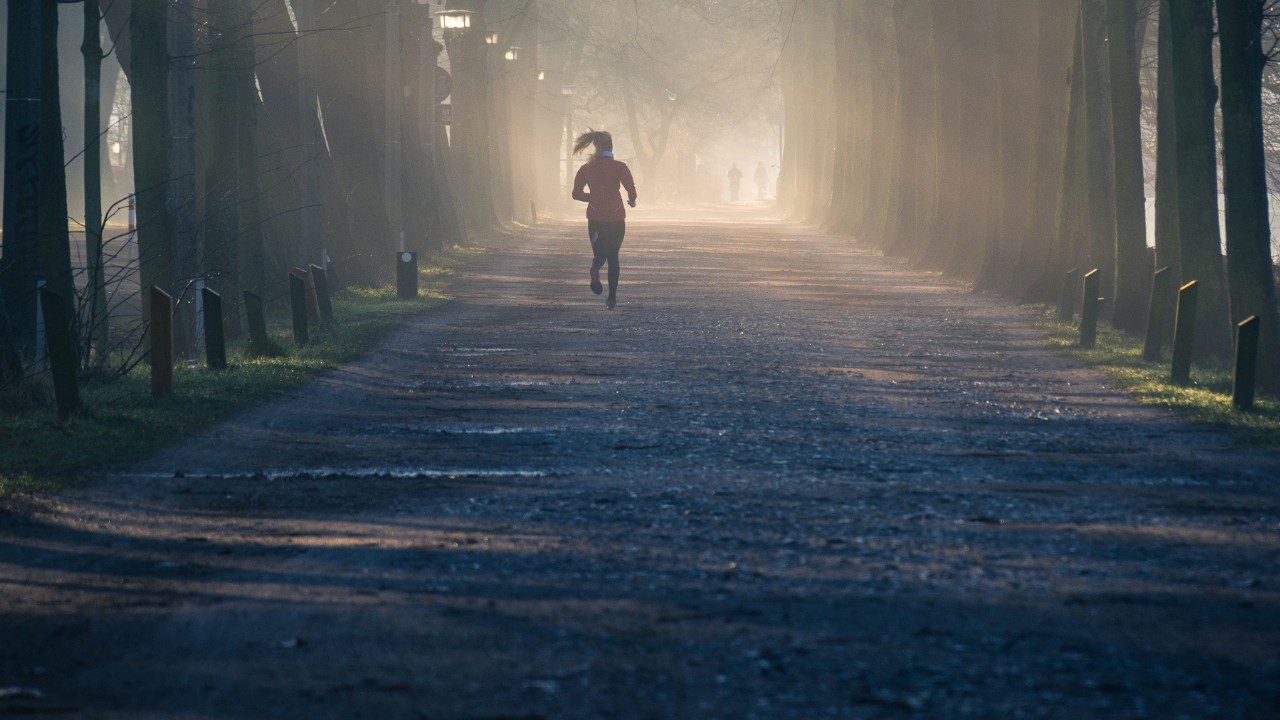knee pain when bending: 7 uncomfortable aggravating factors
Knee pain when bending is a common complaint that can significantly impact daily activities and quality of life. Whether it's a sharp pain or a dull ache, this discomfort often arises from various underlying conditions affecting the knee joint
It can occur due to a number of different reasons, at many ages. The treatment options can be different depending on what is causing the pain. In this comprehensive guide, we delve into the causes, treatments, and preventive measures for knee pain when bending.
knee pain when bending? 7 possible causes:

1. Osteoarthritis
This degenerative joint disease is a leading cause of knee pain, particularly when bending. It occurs when the protective cartilage that cushions the ends of your bones wears down over time, leading to pain, swelling, and stiffness.
2. Patellofemoral Pain Syndrome
Sometimes referred to as runners knee, this is a common condition among athletes and active individuals. It involves pain around the kneecap (patella), exacerbated by activities that involve bending the knee, such as running, squatting, or climbing stairs.
3. meniscus tear
The meniscus is a rubbery cartilage that acts as a shock absorber between your shinbone and thighbone. Tears in the meniscus can cause pain when bending the knee, along with swelling and a feeling of instability.
4. bursitis
Often referred to as housewives knee, bursitis occurs when the small fluid-filled sacs (bursae) that cushion the outside of your knee joint become inflamed. Often, visible swelling and redness can be present to the sight and touch. This inflammation can cause tenderness and knee pain when bending.
5. Patella tendinitis
This condition, which can be commonly known as jumpers knee, involves inflammation of the patellar tendon, which connects the kneecap to the shinbone. It’s common among athletes who participate in sports that involve jumping and repetitive bending of the knee.
6. rheumatoid arthritis
Unlike osteoarthritis, rheumatoid arthritis is an autoimmune disorder that causes chronic inflammation of the joints, including the knees. This inflammation can lead to pain, stiffness, and difficulty bending the knee.
7. injuries
Traumatic injuries such as fractures, dislocations, or ligament tears (e.g., ACL tear) can cause acute knee pain when bending. These injuries often require immediate medical attention and rehabilitation.

Knee Pain when Bending? Diagnosis and Treatment:
Diagnosing the cause of knee pain when bending typically involves a thorough medical history, physical examination, a series of special tests and sometimes imaging tests such as X-rays, MRI scans, or ultrasound. Treatment options vary depending on the underlying cause but may include:
1. medication
Over-the-counter pain relievers (e.g., ibuprofen, paracetamol) or prescription medications to reduce inflammation and manage pain.
2. physicaL therapy
Specific exercises and stretches to strengthen the muscles around the knee, improve flexibility, and correct biomechanical issues contributing to knee pain when bending, walking or tackling stairs.
3. bracing or orthotics
Supportive devices such as knee braces or orthotic shoe inserts can help stabilise the knee joint and alleviate pain during activities that involve bending. When correctly applied, kinesiology tape can also be used during activity to help strengthen and provide stability of the patella.

4. injections
Corticosteroid injections directly into the knee joint can provide temporary relief from pain and inflammation, especially in conditions like osteoarthritis or bursitis.
5. surgery
In severe cases or when conservative treatments fail, surgical intervention may be necessary. Procedures range from arthroscopic surgery to repair meniscus tears or remove damaged tissue to partial or total knee replacement for advanced osteoarthritis.
6. lifestyle modifications
Avoiding activities that exacerbate knee pain, maintaining a healthy weight to reduce stress on the knee joint, and using proper techniques during exercise and daily activities can all help manage symptoms.
Knee Pain When Bending? Preventative steps

While not all causes of knee pain can be prevented, there are steps you can take to reduce your risk:
1. maintain a healthy weight
Excess weight puts additional strain on your knees, increasing the risk of osteoarthritis and other knee problems.
2. exercise regularly
Strengthening the muscles around the knee joint through exercises like leg lifts, squats, and lunges can help provide support and stability.
3. use proper techniques
Whether you’re exercising, lifting heavy objects, or performing daily activities, using proper body mechanics can reduce the strain on your knees.
4. supportive footwear
Supportive shoes with good cushioning can help absorb shock and reduce impact on your knees during physical activities.
5. warm-up & Cool-DOWN
Always warm up before exercising to prepare your muscles and joints, and cool down afterward to help prevent stiffness and soreness.
6. Listen to your BODy
If you experience pain or discomfort in your knees, especially when bending, don’t ignore it. Rest, ice, and elevate your knee if needed, and seek medical attention if the pain persists or worsens.
Living with Knee Pain: Coping Strategies
Living with chronic knee pain can be challenging, but there are strategies to help manage your symptoms and improve your quality of life:
1. Pace yourself
Balance activity and rest to avoid overexertion and exacerbating your knee pain.
2. manage stress
Chronic pain can take a toll on your mental health. Practice relaxation techniques such as deep breathing, meditation, or yoga to reduce stress and improve overall well-being.
3. stay informed
Educate yourself about your condition and treatment options. Working closely with healthcare professionals can empower you to make informed decisions about your care.
4. Support networks
Joining support groups or talking to others who experience similar challenges can provide emotional support and practical tips for managing knee pain.
conclusion on addressing knee pain when bending
Knee pain when bending is a common symptom with multiple potential causes, ranging from overuse injuries to degenerative conditions like osteoarthritis. Early diagnosis and appropriate treatment are essential to alleviate pain, improve mobility, and prevent complications. By understanding the causes, seeking timely medical advice, and adopting preventive measures, individuals can take proactive steps toward maintaining healthy knees and enjoying an active lifestyle.
In conclusion, while knee pain can be debilitating, it doesn’t have to define your life. With proper care and attention, you can manage knee pain effectively and continue to engage in the activities you love.
If you wish to seek further help or speak to a practitioner about any of the above, call us on 0800 731 2738 or book online here.
You can also view all the services we provide within our clinics on our website, as well as checking out our other blogs and content.
For more free tips and information, make sure to follow our Facebook and Instagram pages. We also post client stories, so you can see how we’ve helped people get back to doing the things they enjoy!



